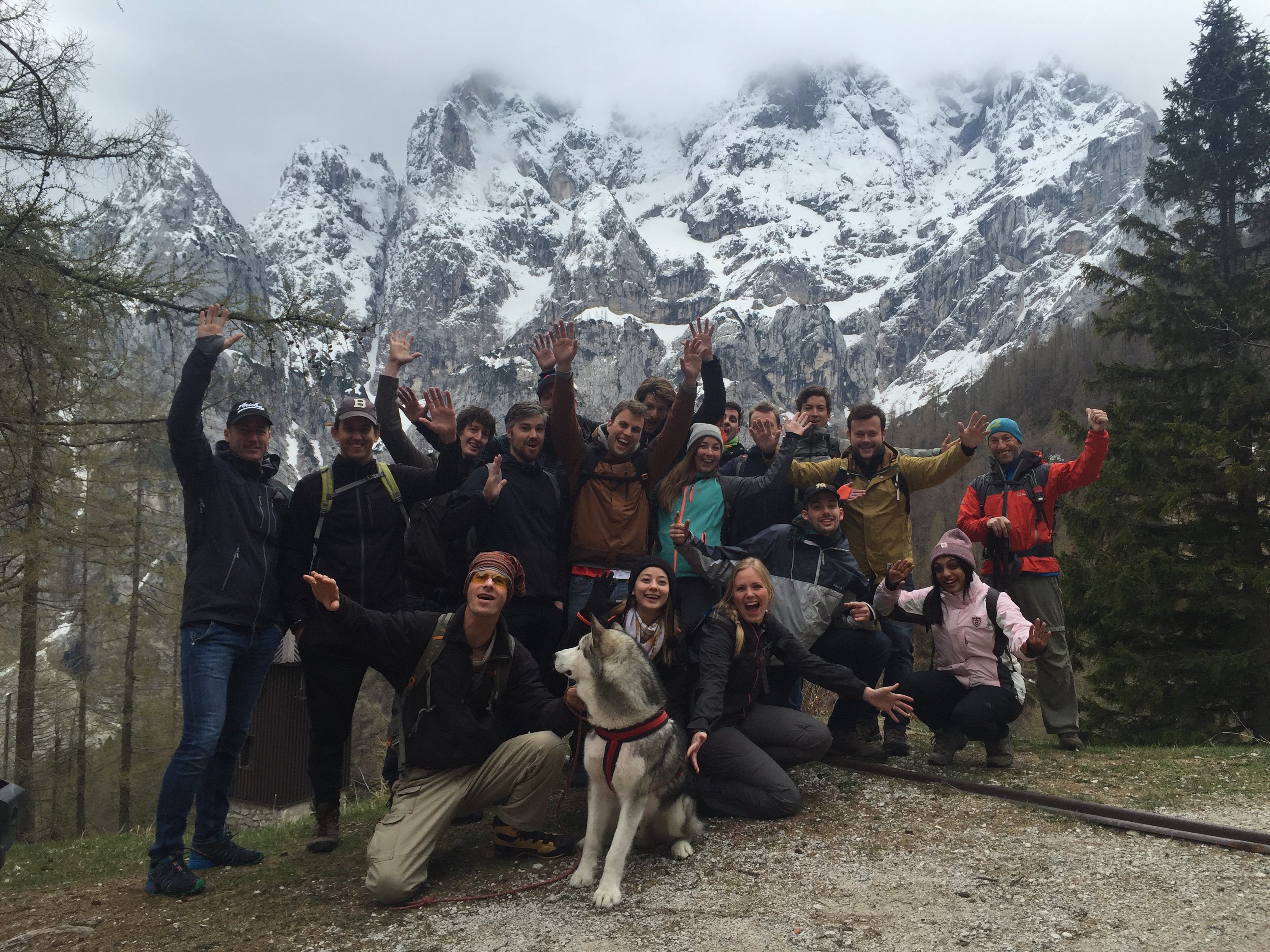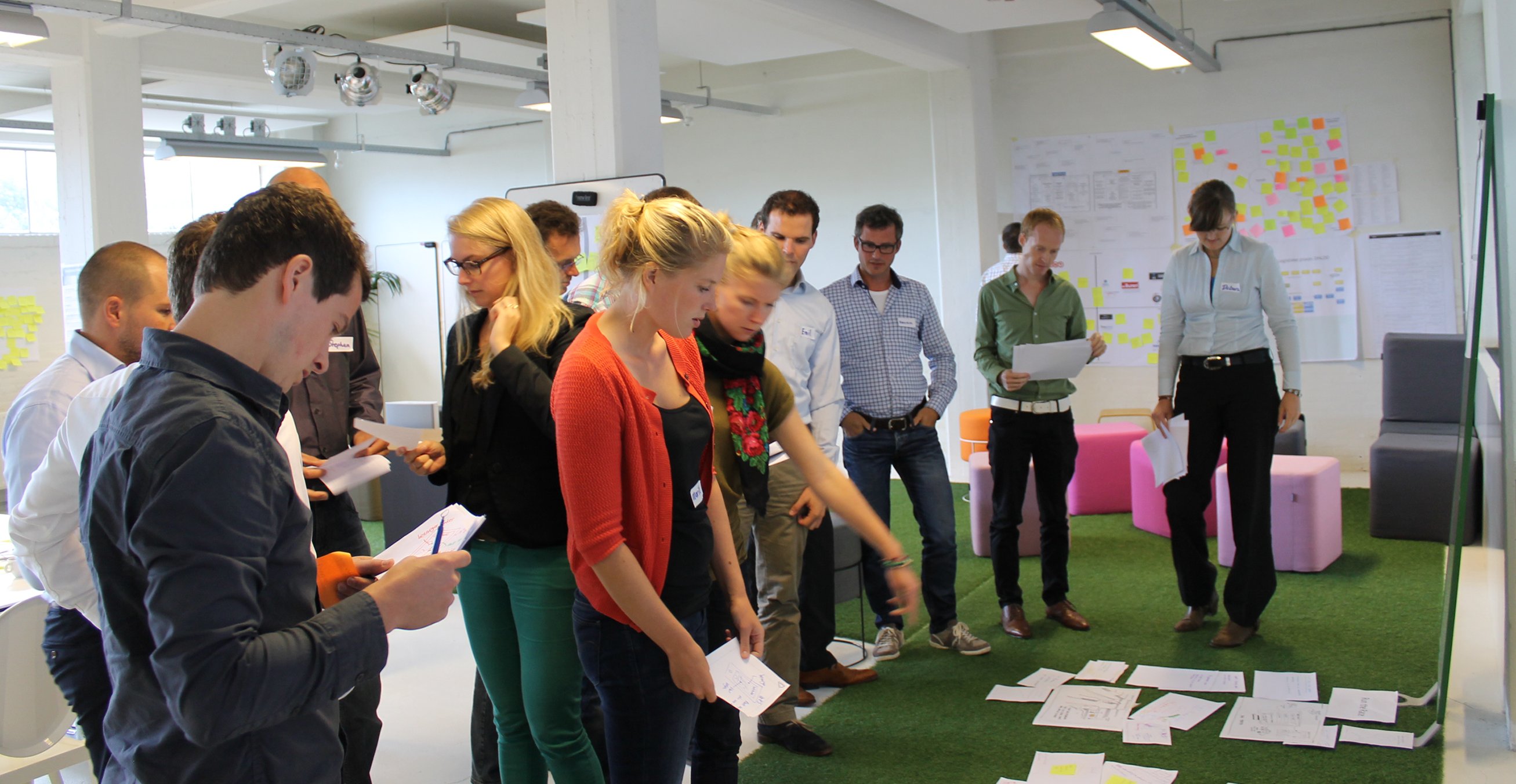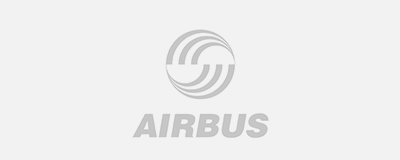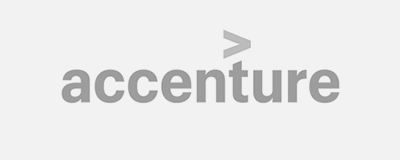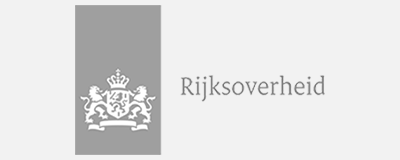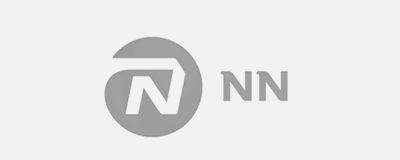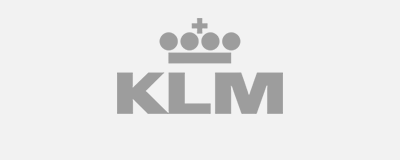2007 – 2010
Prologue: Club van Delft
March 2007 the first founders, Nathan Volkers and Martin Nagelsmit, register the ‘Club van Delft‘ at the chamber of commerce. The origin of their initiative lies in their joined background at the Delft University of Technology. Combining an analytical and creative mindset with a large network of multidisciplinary students resulted in the first market offering: the ThinkTank, a multi-disciplinary group of young and bright students and PhDs working on cases for our clients.
In these years we were still full-time students. The campus turned out to be an ideal sandbox for testing our ideas, business models and our entrepreneurial ambitions. In hindsight all ingredients of our methods, principles and believes for the current way-of-working where there in these early days. We developed a strong basis for facilitating co-creation workshops and design sprints, visualization in the process and as means of communication, and last, but not least, we got to know and connected a lot of talent. Among those we met our third founding partner, Bob van Putten.
Impression of our work as
Club van Delft- Vorige
- Volgende
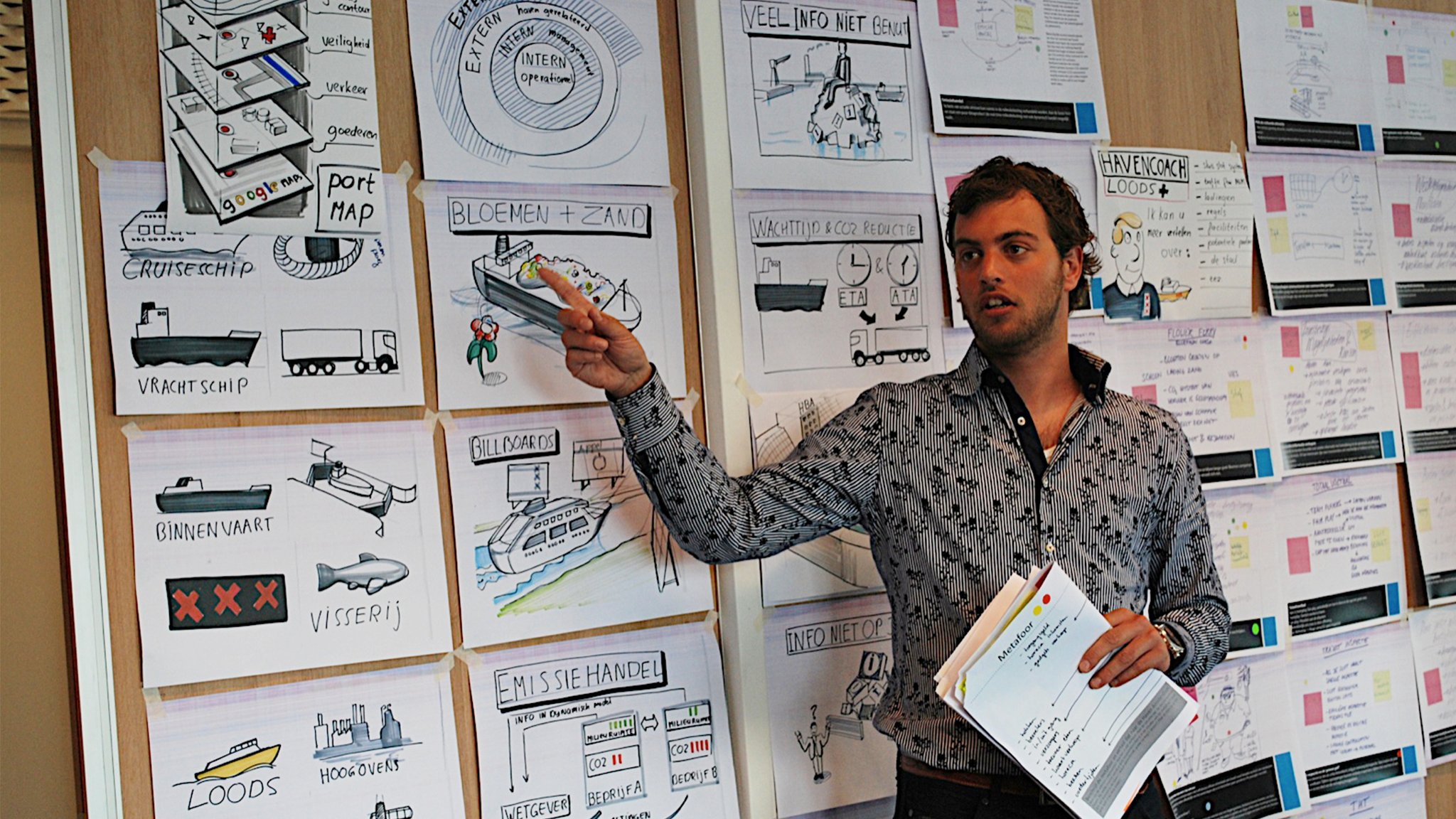
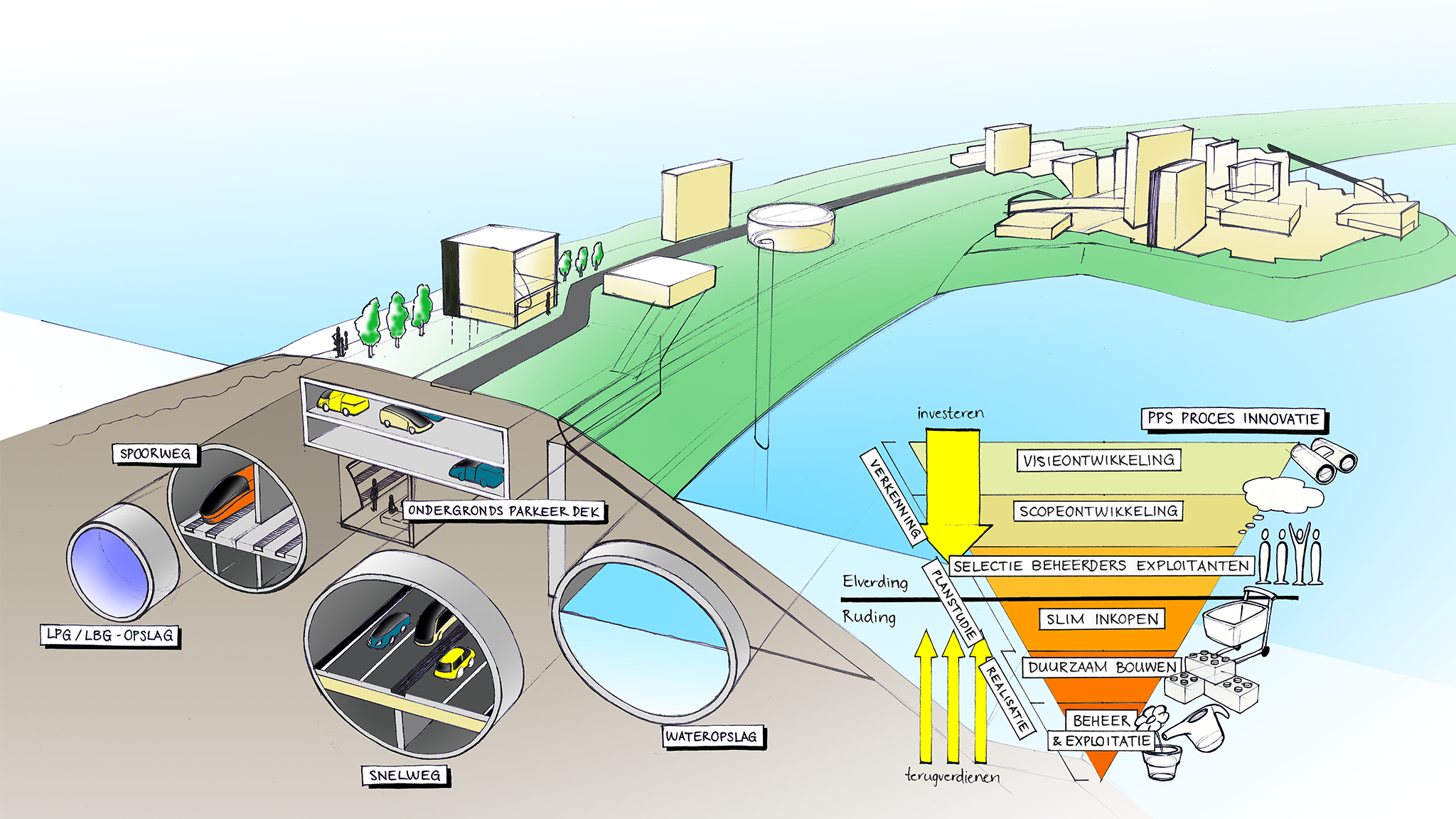
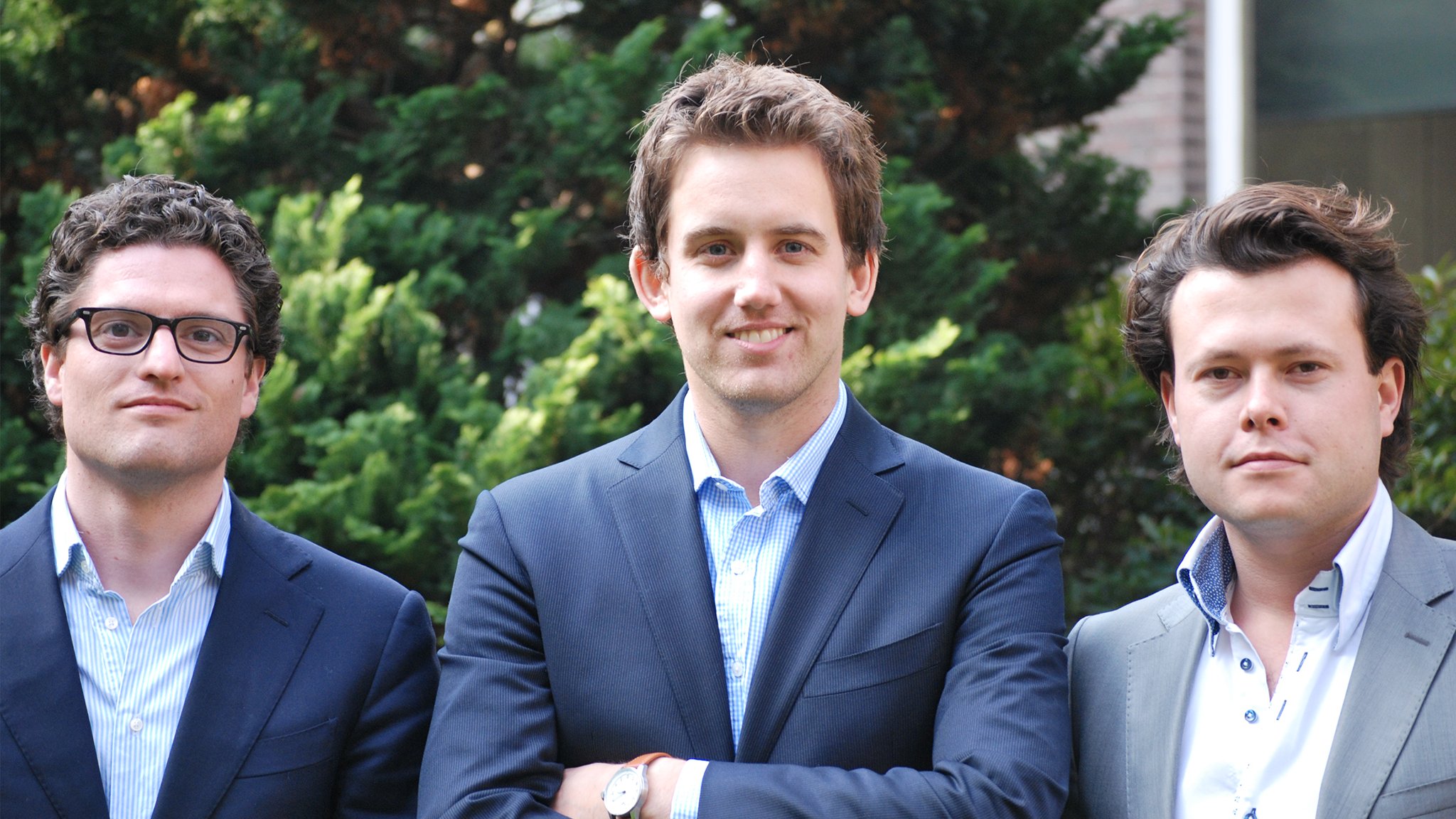
2010 – 2012
Becoming a start-up
After graduating in the beginning of 2010, things needed to get more serious for obvious reasons. When things got real, the Club van Delft became a start-up – with all its highs and lows. Dealing with the pressure of getting new clients, doing the actual work and working on the company (and not only in the company). We had a lot of fun exploring the broadness of our methods and ideas, varying from organizing our ThinkTanks on a digital platform, to organizing TEDx events and making explanatory visualizations.
During these years Martin decided to pursue his scientific career and focus on his PhD in Aerospace Engineering. Meanwhile we worked a lot with freelance visual thinkers for a growing amount of clients asking for ’those guys that make the drawings’ (in Dutch: ‘de jongens van de tekeningen’). It’s here that we meet Tomas Pasma, Robert Smit en Piet van Rosmalen, later they became our colleagues in the firm.
This way, our clients decided what our next focus would be: visual thinking. It’s the inevitable pivot we needed to make to outgrow the start-up phase and grow into a viable business. And next to our focus, they chose our name: ‘Jongens van de Tekeningen‘. With a growing portfolio, ambitions and team we decided to seek for mentorship and joined the Entrepreneurs Organization’s accelerator program to make the next big leap forward.
2012 – 2017
Jongens van de Tekeningen
Our focus on visual thinking and design thinking methodology resulted in fast growth. Growth in quality, growth in team and in revenues. A positive cycle we pursued for the next four years. Growing our team from 2 to 16 in the beginning of 2017.
During these years we moved from our alma mater to the city centre of Rotterdam and settled down in the ‘Groothandelsgebouw‘. In 2016 we moved internally to the front of the building, facing the square in front of the Rotterdam Central Station. It was the first time we could really invest in creating a great working environment for the team and session spaces for our work with clients.
Eventually more and more international clients crossed our paths. That sparked the idea and fueled the ambition to work more and more internationally.
2017 – 2135
The emergence of Flatland
Autumn 2016 we launched a new brand on the Dutch Design Week, Flatland was born and we showed it to the public in our own exhibition and workshop space in Eindhoven. Flatland was conceived as a reference to multiple concepts. First it’s a reference to the 2D space of the paper we work on – we often capture a multi-dimensional story on a 2D plane. As mentioned by Edward Tufte in his book Envisioning Information.
“Even though we navigate daily through a perceptual world of three dimensions and reason occasionally about higher dimensional arenas with mathematical ease, the world portrayed on our information displays is caught up in the two-dimensionality of the endless flatlands of paper and video screen. All communication of an image must now take place on a two-dimensional surface.
Escaping this flatland is the essential task of envisioning information – for all the interesting worlds (physical, biological, imaginary, human) that we seek to understand are inevitably and happily multivariate in nature. Not flatlands.“
– Envisioning Information (Edward R. Tufte, 1990)
Secondly, this quote – or the idea behind it – is a reference to a novel ‘Flatland, a romance of many dimensions’ (Abbott, 1884). In the novel geometrical figures from different dimensions think about each other and each experience the other from their own (limited) perspectives. With our work we offer different perspectives to people.
Finally, it’s a reference to the Netherlands, the ‘flat land’ where we started our company. It embodies a reference to the renowned quality Dutch Design and the Design Thinking methods we trained in a the Delft University of Technology.
Coming up with a new name and brand is one thing, but really launching it to the stratosphere – and, more importantly, into the hearts and minds of our clients, followers and own team – is something different.
We decided to take it step by step. Our first metaphorical step as a team coincided with our 5 year anniversary in May 2017. We celebrated our 5 year journey and success with a team trip to Slovenia (read more about it here) and embarked on a trip to the next step for every individual team member and for the company as a whole. Everywhere we came we were greeted as Flatland. While we literally enjoyed the view for a moment, it also marked the turning point. The retreat was full of introspection and reflection and it shed light on new challenges and ambitions.
Looking at what we’ve been through and achieved the last five years, we can’t wait for the time to come, realising the full potential of our skills, ideas and people for ourselves and our clients.
5 year anniversary
Team Trip Slovenia